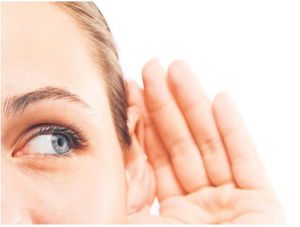Product Release
Surrey British Columbia, November 14th, 2011. Custom Protect Ear launches the The PhoneBuddy™, headphones that are compatible to dB Blockers and work with many Smartphones. The headphones, “The PhoneBuddy™” are available in two versions; the single and the dual.
PhoneBuddy™ I is a single version headphone for  monaural use (phone calls and to just hear the phone ring in noise). The unit works with virtually any smart phone and has an inline microphone and flash button for answering the call and hanging up.
monaural use (phone calls and to just hear the phone ring in noise). The unit works with virtually any smart phone and has an inline microphone and flash button for answering the call and hanging up.
“A BIG PLUS is you can connect your PhoneBuddy™ into your dB Blocker Convertible vented protector and hear the phone ring in noise. You still have to move to quieter places to have a conversation but you won’t miss the call, says Custom Protect Ear’s President, Jeffery Goldberg.
PhoneBuddy™ II
PhoneBuddy™ II is the stereo version. With PhoneBuddy™ II you can listen to music and answer your phone calls on most Smartphones. It also has an in-line microphone with a flash switch. When a call comes in, the phone will ring in the earpiece and the user simply switches online pokies to the phone by pressing the flash switch. When the call concludes, the user presses the flash switch again and the music resumes playing.
What makes PhoneBuddy unique is the sound quality and the ability to use it with more than one Smartphone. PhoneBuddy™ II also connects to dB Blocker Convertible vented protectors for use in a noisy work environment. PhoneBuddy™ I sells for $69.00 retail with discounts for commercial users. PhoneBuddy™ II sells for $125.00 retail also with discounts for commercial users.
Please contact us for more details.
Custom Protect Ear
681-7789 134th Street
Surrey, BC V3W 9E9
Canada
Phone: 604-599-1311 x321
Toll-free: 1-800-520-0220 x321
Fax: 604-599-7377
Email: hear@protectear.com
